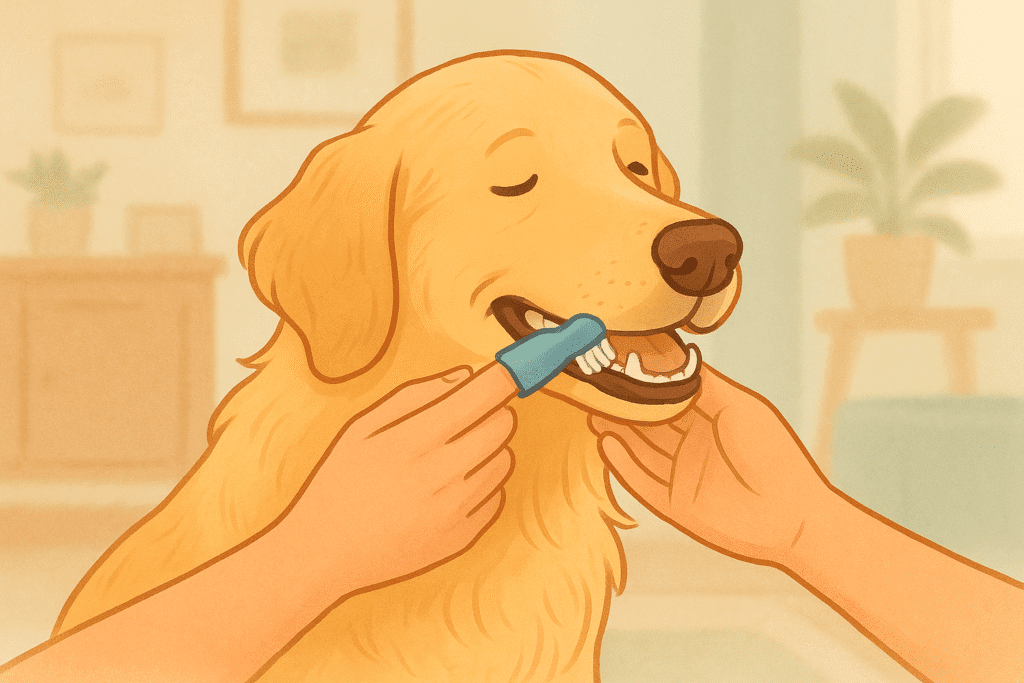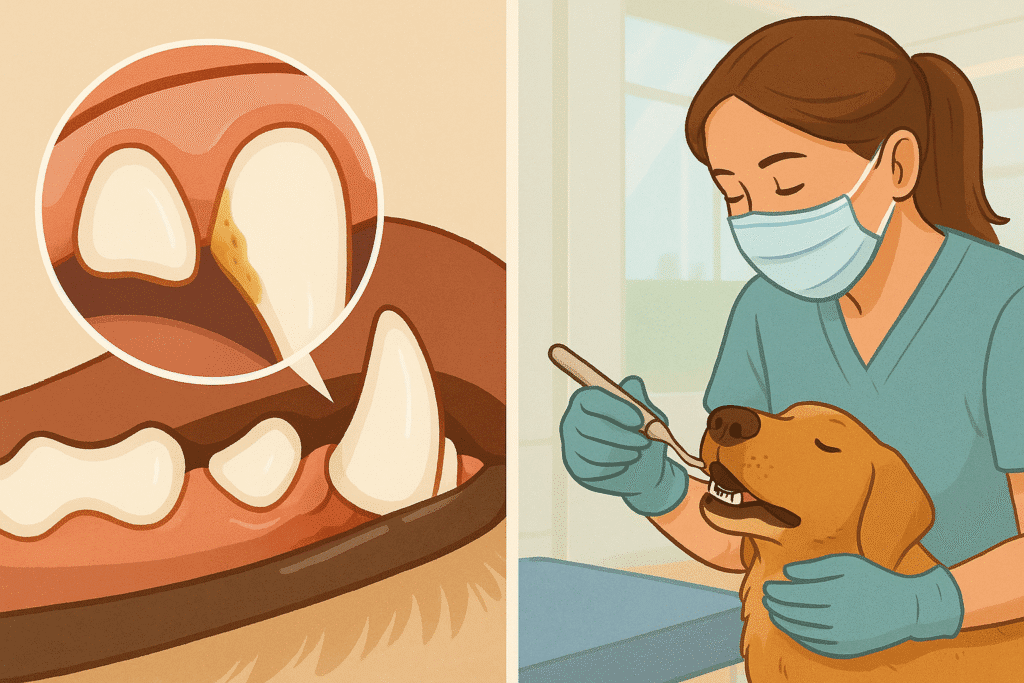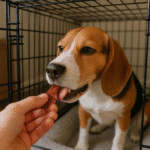Smile, Sparky! A Pet Parent’s Guide to Dental Health

That wagging tail and those loving eyes often come with… well, less-than-fresh breath. While “doggy breath” or “kitty breath” might seem like a minor annoyance, it can often be the first sign of underlying dental issues. At PettyPups, we know that your pet’s dental health is a cornerstone of their overall well-being and happiness. This guide will help you understand why it’s so crucial and what you can do to keep those canine and feline smiles sparkling.
Why Pet Dental Health Matters So Much
Oral hygiene for pets isn’t just about avoiding bad breath. Neglecting dental care can lead to:
- Pain and Discomfort: Dental disease can be very painful, affecting your pet’s ability to eat, play, and enjoy life.
- Tooth Loss: Advanced periodontal disease can result in loose, infected teeth that may need extraction.
- Systemic Health Issues: Bacteria from infected gums can enter the bloodstream and potentially damage vital organs like the heart, liver, and kidneys.
- Reduced Quality of Life: Chronic pain and infection significantly impact your pet’s overall happiness and longevity.
Proactive dental care is an investment in your pet’s long-term health.

Recognizing Signs of Dental Problems in Your Pet
Pets are masters at hiding pain, so it’s important for owners to be vigilant. Look out for these common signs of dental issues:
- Persistent Bad Breath (Halitosis): One of the most common and noticeable signs.
- Red, Swollen, or Bleeding Gums (Gingivitis): Healthy gums are typically pink.
- Yellow or Brown Tartar Buildup on Teeth: Plaque hardens into tartar if not removed.
- Difficulty Chewing or Dropping Food: May indicate pain or loose teeth.
- Pawing at the Mouth or Face Rubbing: A sign of discomfort.
- Excessive Drooling: Can sometimes be linked to oral pain.
- Loose or Missing Teeth: A clear sign of advanced dental disease.
- Changes in Eating Habits: Reluctance to eat hard food, chewing on one side of the mouth.
- Irritability or Behavioral Changes: Pain can make pets grumpy.
If you notice any of these signs, it’s time for a visit to your veterinarian.

At-Home Dental Care: Your Daily & Weekly Routine
Consistent at-home care is the first line of defense against dental disease.
Brushing Your Pet’s Teeth
This is the gold standard for pet dental hygiene.
- Start Young: Introduce brushing gradually and positively when they are puppies or kittens.
- Use Pet-Specific Toothpaste: Human toothpaste is toxic to pets. Pet toothpaste comes in appealing flavors like poultry or malt.
- Choose the Right Brush: Finger brushes or soft-bristled pet toothbrushes work well.
- Make it Positive: Keep sessions short, praise your pet, and offer a treat afterward. Aim for daily brushing, or at least several times a week.
Start with a calm setting — crate training tips can help create a peaceful environment.
Dental Chews, Toys, and Treats
While not a replacement for brushing, certain products can help reduce plaque and tartar:
- Dental Chews: Look for products approved by the Veterinary Oral Health Council (VOHC) for proven effectiveness.
- Dental Toys: Toys with textured surfaces can help scrape teeth clean during play.
- Prescription Dental Diets: Some specially formulated foods have a texture that helps scrub teeth.
Also consider these healthy human foods that promote oral health naturally.
Water Additives & Oral Sprays/Wipes
These products aim to reduce bacteria or freshen breath. Their effectiveness varies, and they should be used as a supplement to, not a replacement for, brushing and professional care. Always choose vet-approved products.
Professional Veterinary Dental Care: What to Expect
Even with diligent at-home care, most pets will eventually need professional dental cleanings. This is similar to a human dental cleaning but requires general anesthesia for pets to ensure a thorough and stress-free procedure. A professional cleaning typically involves:
- Pre-Anesthetic Bloodwork: To ensure your pet is healthy enough for anesthesia.
- General Anesthesia: For safety and to allow a complete examination and cleaning.
- Oral Examination & Charting: The vet examines each tooth and notes any abnormalities.
- Dental X-rays: To see below the gum line, where much of dental disease occurs.
- Scaling & Polishing: Removing tartar and plaque from above and below the gum line, followed by polishing to smooth the tooth surface.
- Extractions (if necessary): Severely diseased or damaged teeth may need to be removed to alleviate pain and prevent further infection.
Your vet will discuss their findings and recommend a future care plan.
Nutrition’s Role in Dental Health
While not a substitute for cleaning, diet plays a role. Some dry kibbles are designed with a texture that helps scrape teeth during chewing. Avoid feeding too many sugary treats, which can contribute to plaque. Always ensure your pet has access to fresh water, which helps rinse away food particles.
Conclusion: A Healthy Mouth for a Happy Pet
Proactive dental care is essential for your pet’s overall health, comfort, and longevity. By combining regular at-home routines with professional veterinary check-ups and cleanings, you can help prevent painful dental disease and keep your furry friend’s smile bright and their breath (relatively!) fresh for years to come. Your commitment to their dental health is a true act of love and care.



